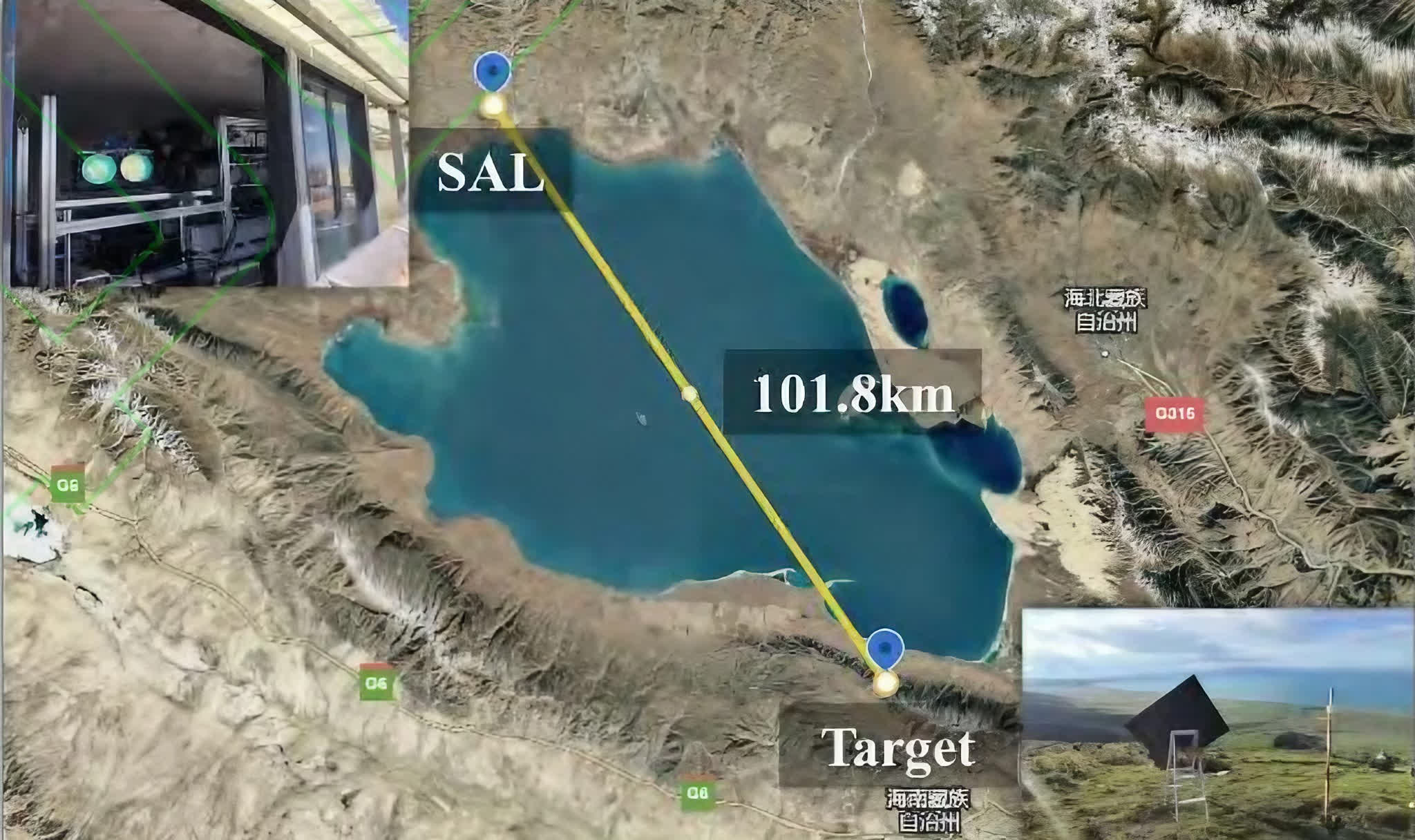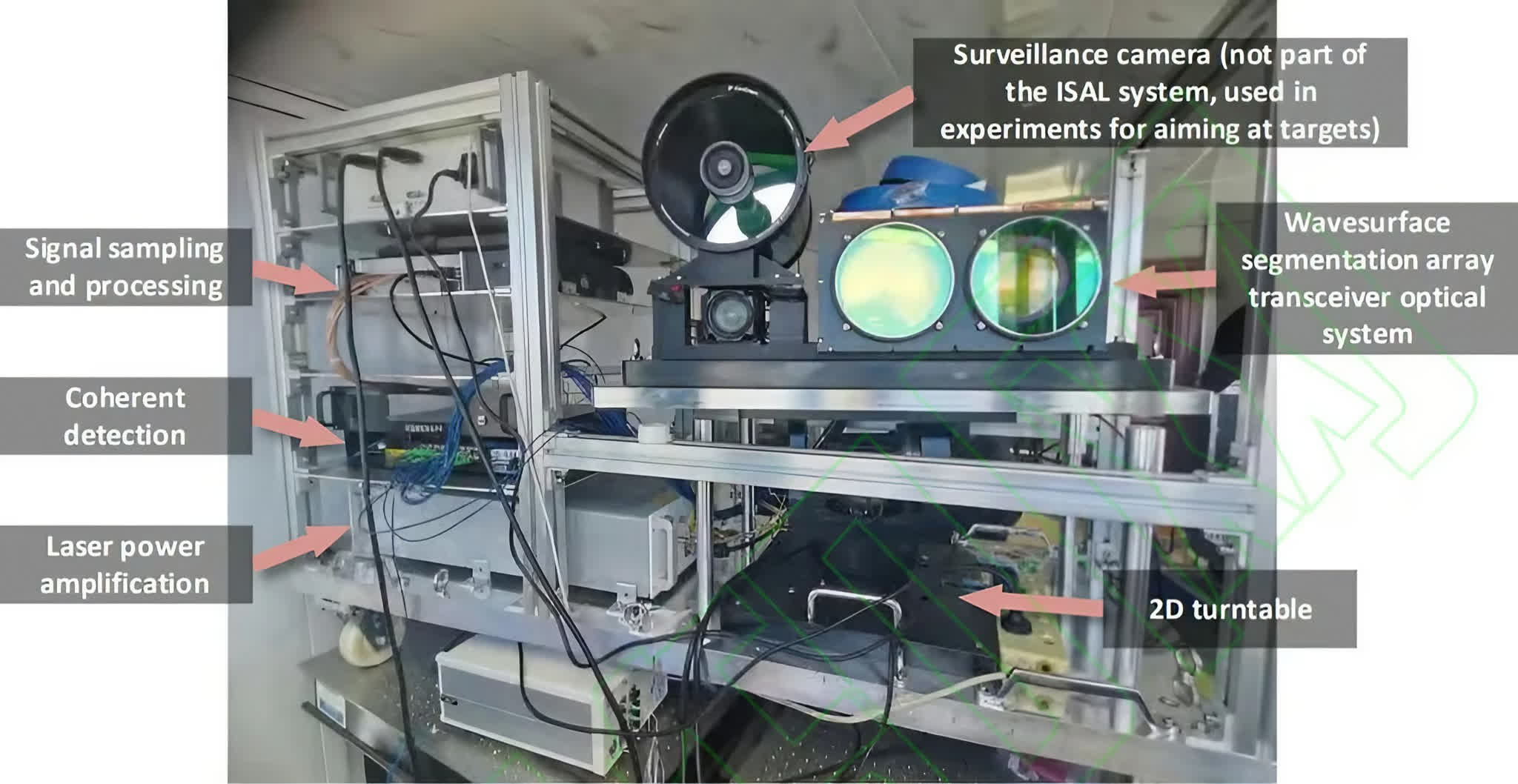Forward-looking: Researchers in China have developed an exceptionally powerful synthetic aperture lidar system that could enable the nation to scrutinize foreign assets – particularly military spy satellites – with unprecedented precision. They have already demonstrated its ability to capture highly detailed images from more than 60 miles away.
Worse still, if this technology were deployed in low Earth orbit, it could potentially distinguish details as fine as a human face, according to the South China Morning Post, which cites a peer-reviewed study published in the Chinese Journal of Lasers.
The researchers from the Chinese Academy of Sciences achieved this breakthrough by integrating multiple pioneering technologies into a cutting-edge laser system. By splitting the laser beam across a micro-lens array, they increased the aperture size while maintaining a wide field of view. Specialized laser modules emitted “chirped” signals across a bandwidth exceeding 10 gigahertz, enabling exceptional range accuracy. Meanwhile, advanced algorithms reduced noise by a factor of 10,000, allowing the system to detect even the faintest return signals.
The laser system is also integrated with real-time digital processing, enabling it to handle massive streams of data efficiently.
During testing at Qinghai Lake in northwest China, this combination of technologies allowed the system to pinpoint details as small as 1.7mm from a staggering 101.8 km (63.3 miles) away, with an astonishing range precision of 15.6mm.
“This isn’t just about seeing a satellite – it’s about reading its serial numbers,” one anonymous Beijing researcher explained to SCMP. “At these resolutions, you could detect micrometeoroid damage on solar panels or identify specific sensor payloads.”
The report claims this breakthrough places China far ahead of previous long-range imaging records. In 2011, a US defense contractor achieved a 2cm resolution from just 1.6 km away. The best Chinese institutes had previously reached a 5cm resolution at 6.9 km.
The new system can also mitigate much of the atmospheric interference by surpassing the strategically significant 100 km threshold, where Earth’s atmosphere transitions into space. However, significant challenges remain before it can be applied in real-world operations.
Firstly, laser imaging quality remains heavily weather-dependent, meaning clarity can degrade due to factors like cloud cover. Secondly, the system has yet to demonstrate effectiveness in tracking moving targets, as it requires extremely precise mechanics that are difficult to engineer.
Still, if scientists refine this technology further, the ability to extract such high-fidelity data from lasers could provide China with a significant strategic advantage in monitoring other nations’ orbital assets.
Source link

